Throughout history, pandemics have left an indelible mark on societies, altering the course of human progress and redefining the way we approach healthcare and public health strategies. From the bubonic plague that ravaged Europe to the more recent COVID-19 pandemic, these global health crises have tested humanity’s resilience. Join us on a journey through time as we uncover the ten worst pandemics that have shaped history.
1. The Black Death (1347-1351)
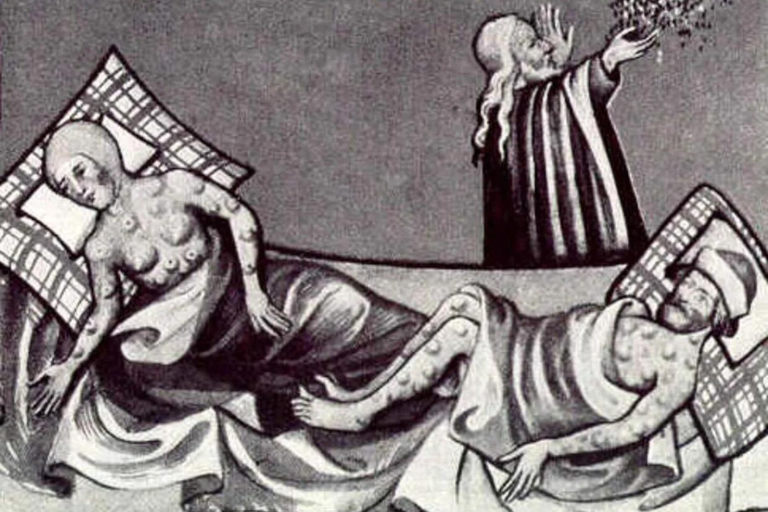
The bubonic plague, known as the Black Death, swept across Europe in the 14th century, claiming an estimated 75 to 200 million lives. This catastrophic pandemic devastated economies, eroded social structures, and left a lasting scar on European culture.
2. Spanish Flu (1918-1919)
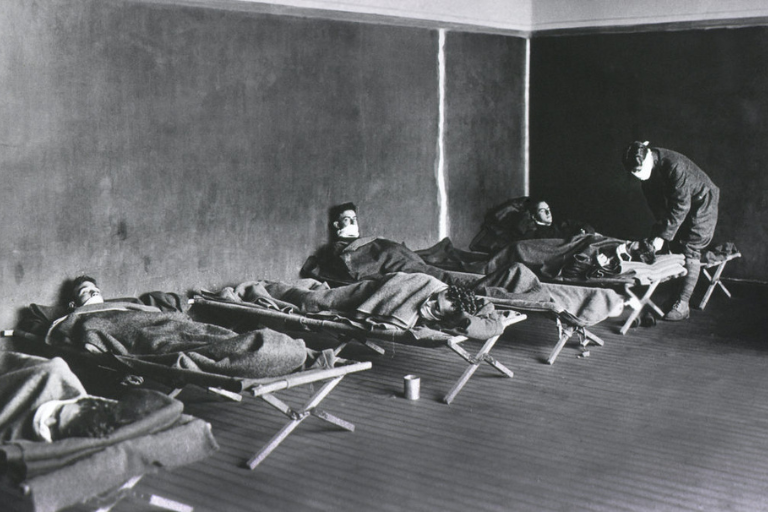
The Spanish Flu pandemic, caused by the H1N1 influenza virus, infected one-third of the world’s population and claimed the lives of 50 million people. Its rapid spread was exacerbated by the movement of troops during World War I.
3. HIV/AIDS Pandemic (1981-present)
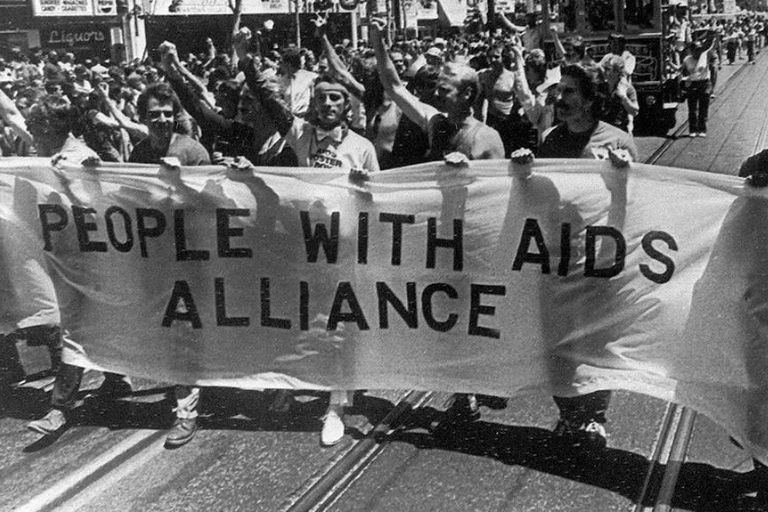
The HIV/AIDS pandemic emerged in the 1980s, causing the deaths of more than 32 million people worldwide. While advancements in treatment and prevention have been made, the virus continues to impact millions, particularly in sub-Saharan Africa.
4. Third Cholera Pandemic (1852-1860)
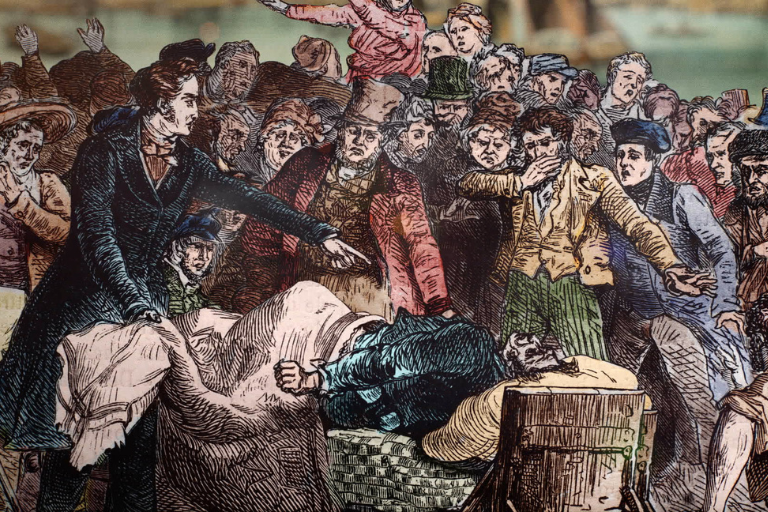
Originating in India, the third cholera pandemic spread globally through trade routes, claiming over one million lives. It prompted significant improvements in sanitation and public health infrastructure.
5. Asian Flu (1957-1958)

The H2N2 influenza virus caused the Asian Flu pandemic, resulting in an estimated one to two million deaths. This pandemic highlighted the importance of international collaboration in disease surveillance and control.
6. Hong Kong Flu (1968-1969)

Originating in Hong Kong, the H3N2 influenza virus caused a pandemic that claimed the lives of approximately one million people. The relatively low mortality rate masked its significant impact on global health systems.
7. Third Bubonic Plague Pandemic (1855-1950)
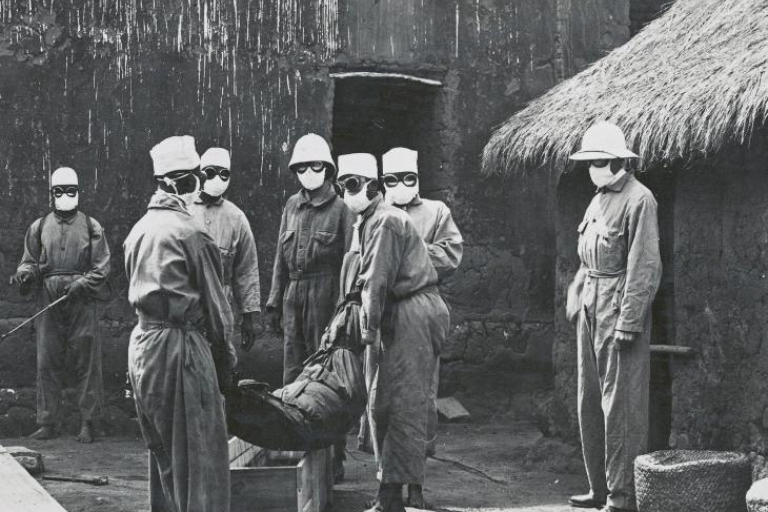
While less deadly than its medieval predecessor, the third bubonic plague pandemic caused outbreaks across the globe. It prompted advances in disease identification and control, leading to the discovery of antibiotics.
8. Sixth Cholera Pandemic (1910-1911)

This pandemic originated in India and spread to Africa, Europe, and North America. It highlighted the importance of international cooperation to contain infectious diseases.
9. COVID-19 Pandemic (2019-present)

The most recent addition to the list, the COVID-19 pandemic caused by the novel coronavirus, SARS-CoV-2, has impacted virtually every corner of the globe. It showcased the role of modern science in rapidly developing vaccines and treatments.
10. The Antonine Plague (165-180 AD)

Believed to be either smallpox or measles, the Antonine Plague affected the Roman Empire during the reign of Marcus Aurelius. It severely weakened the empire at a time of political and military challenges.



GIPHY App Key not set. Please check settings